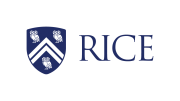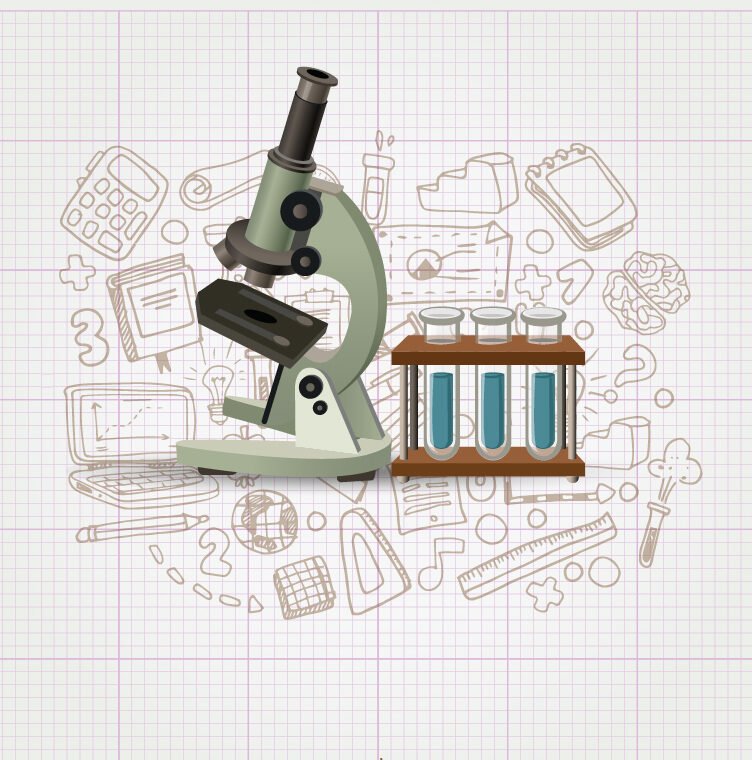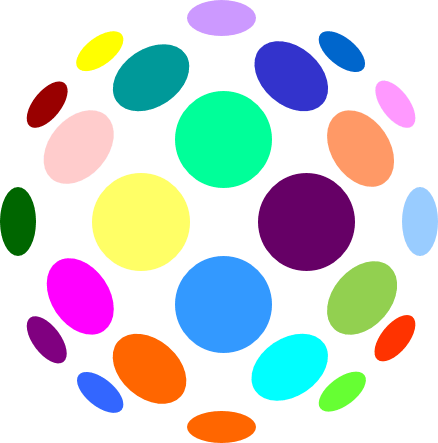The online spring simulations on this page teach us in a practical way how these devices work, what are the forces acting on themthat act, how they store energy, and what Hooke’s law tells us, what is the elastic constant and what are the main properties of springs.
What is a spring
A spring is a flexible and elastic mechanical device used to store elastic potential energy and apply force when deformed. It consists of a strip, wire or rod of elastic material, such as steel or metal, that has a coiled, spiral or zigzag shape. When a spring is compressed or stretched, it stores potential energy in the form of elastic deformation, and when released, that energy is converted into kinetic energy.
Springs can have different shapes and configurations depending on their specific use. Some common examples include compression springs, extension springs and torsion springs.
Properties of springs. Hooke’s law and elastic constant
The properties of springs are governed by Hooke’s Law, which states the linear relationship between the force applied on a spring and the resulting deformation. Hooke’s Law is stated as F = -kx, where F represents the applied force, k is the spring constant (also known as the elastic constant) and x is the deformation experienced by the spring. The equation indicates that the force is proportional to the deformation and acts in the opposite direction to it.
Strictly speaking, Hooke’s Law is a valid approximation as long as the deformation is small and the spring material maintains its linear elastic behavior. However, at larger deformations, other factors such as plasticity and fatigue can affect the spring response.
Applications of springs
Springs have a huge variety of applications: automotive suspensions, watches, mattresses, automatic doors and many more.
Explore the exciting STEM world with our free, online simulations and accompanying companion courses! With them you'll be able to experience and learn hands-on. Take this opportunity to immerse yourself in virtual experiences while advancing your education - awaken your scientific curiosity and discover all that the STEM world has to offer!
Spring simulations
- Force
- Work
- Energy
- Hooke
- Masses I
- Masses II
Hooke’s Law and elastic constant
Hooke’s law governs the properties of springs. Stretch and compress springs to explore the relationships between force, spring constant, displacement and potential energy! Investigate what happens when two springs are connected in series and parallel.
File
Masses and springs I
Hang masses from springs and discover how they stretch and oscillate. Compare two spring mass systems and experiment with the spring constant. Transport the lab to different planets, slow down time, and observe velocity and acceleration throughout the oscillation.
File
Masses and springs II
Hang masses on springs and adjust the spring constant and damping. Transport the lab to different planets, or slow down time. Observe the forces and energy in the system in real time and measure the period using the stopwatch.
File
Giants of science
“If I have seen further, it is by standing on the shoulders of giants”
Isaac Newton

Joseph-Louis Lagrange
–

Johannes Kepler
–
Become a giant


Mechanics, Part 2



Mechanics, Part 1



Dynamics and Control



AP® Physics 1: Challenging Concepts



AP® Physics 1 – Part 2: Rotational Motion



AP® Physics 1 – Part 1: Linear Motion



Pre-University Physics





























